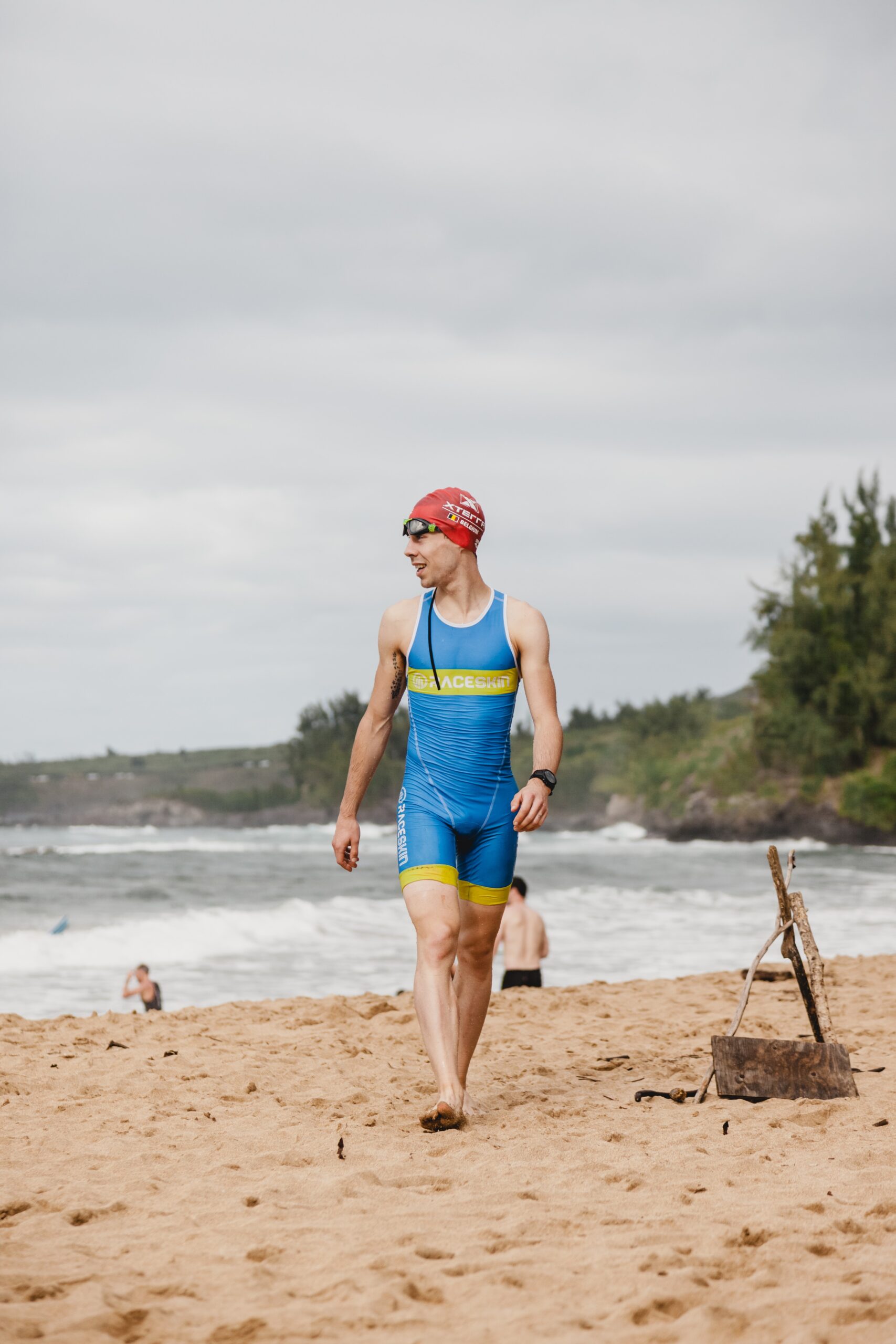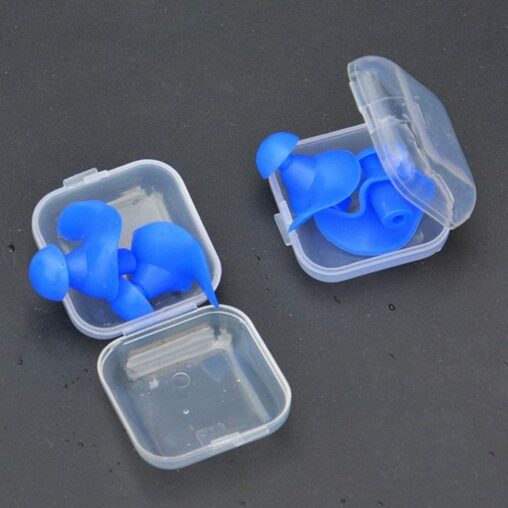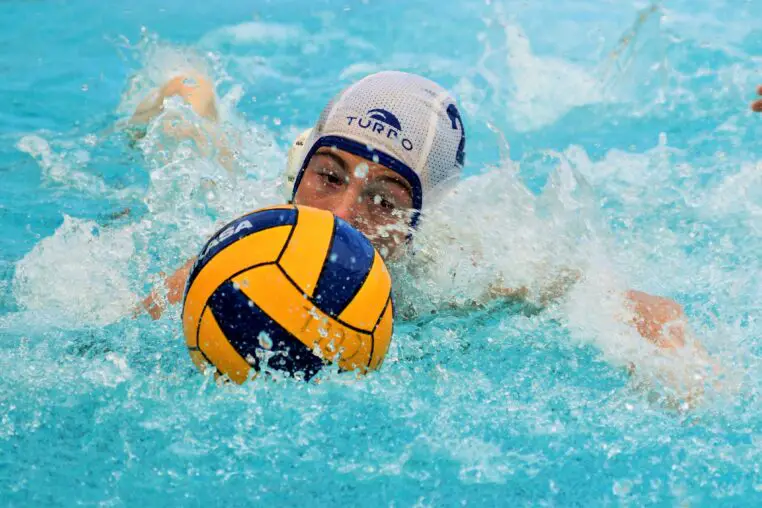
Swimming is a delightful activity, but there’s nothing delightful about water creeping into your ears during a swim. If you’ve ever experienced the annoying sloshing sensation or, worse, suffered from an ear infection due to water exposure, you know the importance of keeping your ears dry and comfortable while swimming.
In this extensive guide, we’ll explore the best methods for preventing water from entering your ears, including the use of swimmer’s earplugs, swim caps, waterproof headbands, proper swimming techniques, and post-swim ear care practices. Say goodbye to ear troubles and hello to worry-free aquatic adventures.
Effective Strategies to Keep Water Out of Your Ears While Swimming
Preventing water from entering your ears is vital for a comfortable and infection-free swimming experience. Below, we’ll delve into various techniques and products designed to help you achieve this goal.
Swimming Earplugs: Your First Line of Defense

One of the most effective ways to keep water out of your ears while swimming is to use swimming earplugs. These earplugs are specially designed to provide a secure seal in your ear canal, preventing water from infiltrating this sensitive area. It’s crucial to choose earplugs that fit comfortably and create an airtight barrier.
Silicone putty earplugs, in particular, are highly effective as they mold themselves to the shape of your ear, ensuring a snug and reliable fit. They effectively block the ear canal, preventing water from entering and causing discomfort.
However, if you plan on diving underwater with earplugs on, it’s essential to use vented earplugs that feature a small air hole. This tiny opening is too small for water to enter but large enough to allow you to equalize ear pressure by performing the Valsalva maneuver (pinching your nostrils and attempting to exhale through them).
Swim Caps: Surprisingly Effective Ear Protection
Swim caps are primarily designed to reduce drag and protect your hair from pool chemicals, but they can also play an unexpected role in keeping water out of your ears. By pulling the swim cap over your ears, you can create a barrier that minimizes the chances of water entering your ear canals.
To enhance ear protection, you can find specially designed swim caps equipped with ear pockets. These pockets provide an additional layer of waterproof seal over your ears. Swim caps are available in various materials and styles, allowing you to choose the one that best suits your personal preferences.
If using swim caps alone proves insufficient in keeping water out of your ears, consider wearing swimmer’s earplugs in combination with a swim cap featuring ear pockets. This double protection ensures that your ears remain dry throughout your swim.
Waterproof Headbands: Comfortable Ear Coverage
Waterproof headbands, also known as swimming ear bands, wrap around your head and cover your ears, offering a protective barrier against water. These headbands are designed to be comfortable to wear and come in different styles and sizes to cater to individual needs.
Just like swim caps, if you find that using a waterproof headband alone doesn’t provide adequate ear protection, you can wear swimming earplugs along with it. This combination maximizes your defense against water entering your ears during your swim.
Proper Swimming Techniques: Minimizing Ear Exposure
Adopting proper swimming techniques is another essential aspect of preventing water from entering your ears. For instance, when swimming freestyle, avoid lifting your head straight up to breathe. Instead, rotate your body and turn your head to the side. This technique reduces the amount of water that can enter your ears.
Steer clear of underwater flips and tumbles, as they can force water into your eardrums, increasing the risk of ear discomfort and infection.
Preventing Swimmer’s Ear: Post-Swim Ear Care
Effective post-swim ear care is vital in preventing swimmer’s ear. Here are some guidelines to help you maintain healthy and comfortable ears:
- Gentle Drying: After swimming, gently dry your ears with a clean, dry towel. Avoid using excessive force, as this can push water further into your ear canal.
- Hair Dryer Use: To ensure thorough ear drying, use a hair dryer on the lowest setting. Maintain a distance of at least one foot between the dryer and your ear to evaporate any remaining moisture within the ear canal.
- Ear Wax Maintenance: It’s crucial to preserve a healthy amount of ear wax in your ears, as it acts as a protective barrier against infection. Avoid using cotton swabs, fingers, or tissues to clean inside your ears, as this can disrupt the natural wax balance. Occasionally, you can clean your ears with a 3% hydrogen peroxide solution to remove excess earwax that might trap water in your ear canal.
Additional Ear Drying Solutions

If the above-mentioned solutions aren’t providing the desired results, you can explore the following alternatives to keep your ears dry:
- Rubbing Alcohol and White Vinegar Mixture: Prepare a solution by mixing equal parts of rubbing alcohol and white vinegar. Apply a few drops in each ear after swimming to maintain the proper pH level in the ear canal, discouraging bacterial and fungal growth.
- Ear Drying Drops: Opt for commercial ear drying eardrops that are designed to facilitate the evaporation of water from your ears. Follow the instructions on the label for effective results.
- Ear Blow Dryer: Traditional hair dryers can be clunky and potentially unsafe for ear drying. However, specialized ear blow dryers are available, designed to fit comfortably into your ear canal and provide soothing air to expedite the ear drying process.
Frequently Asked Questions
1. Can I use cotton swabs or cotton balls to keep water out of my ears?
It’s advisable to avoid using cotton swabs or cotton balls for ear protection while swimming. Cotton swabs can push earwax further into the ear canal, increasing the risk of infection. Cotton balls may not effectively prevent water from entering your ears and are not designed for swimming purposes.
2. Can regular earplugs keep water out of my ears?
Regular earplugs are generally not the best choice for swimming. Swimmer’s earplugs, specifically designed for aquatic activities, such as silicone putty earplugs, offer a superior seal and are more effective at keeping water out of your ears.
3. Can wearing earplugs while swimming cause an ear infection?
Wearing earplugs while swimming does not typically cause ear infections. In fact, earplugs can help prevent water from entering your ears, reducing the risk of swimmer’s ear. Ensure that you clean and dry your earplugs regularly to prevent bacterial buildup.
4. Is it safe to swim with ear tubes, and what precautions should be taken?
Swimming with ear tubes can be safe, but precautions are necessary to prevent water from entering your ears. Consult your healthcare provider for specific recommendations regarding ear protection. Wearing custom earplugs and a swimming cap can be beneficial in this scenario.
Conclusion
Swimming is a joyful and refreshing activity, and you shouldn’t have to worry about water entering your ears and causing discomfort or infections. By following these effective strategies and maintaining proper ear care practices, you can confidently dive into the water, knowing that your ears are well-protected. Say farewell to ear issues and hello to carefree swimming experiences.
Whether you’re a competitive swimmer, a casual pool-goer, or an open-water enthusiast, the methods discussed here will help you enjoy the water without the inconvenience of water in your ears.
The importance of preventing water from entering your ears cannot be overstated. Ear discomfort or infection can disrupt your aquatic activities and even affect your overall health. By taking proactive measures to keep your ears dry, you can focus on perfecting your strokes, diving into the deep end, and enjoying the serenity of the water.









